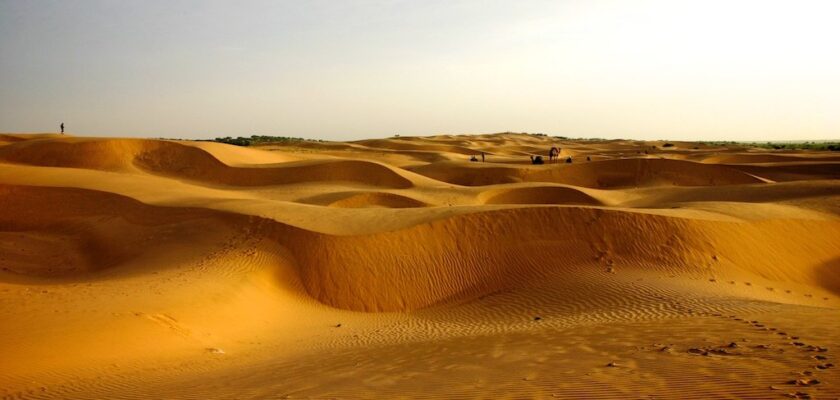Thar Desert (Great Indian Desert)
Attractions refers to the countries:IndiaPakistanThar Desert is 446 km² of sand in the west of the Indian peninsula. It covers northwest India and southeast Pakistan, with each of these countries having a different name for the desert. The Pakistanis have named it the Ho-listan Desert, while in India it is called the Great Indian Desert.
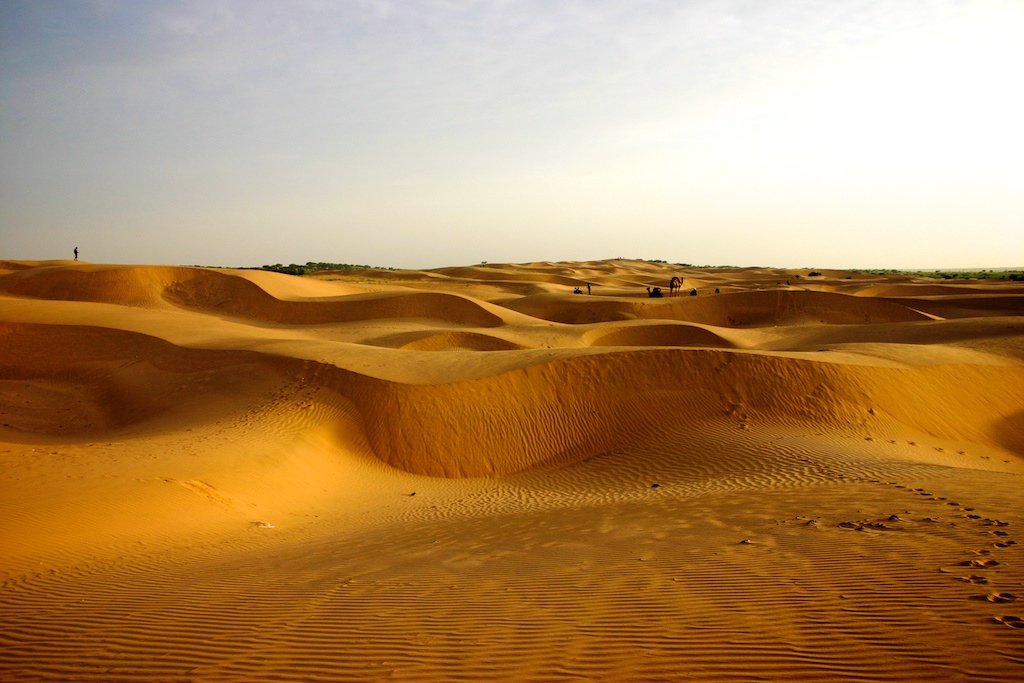
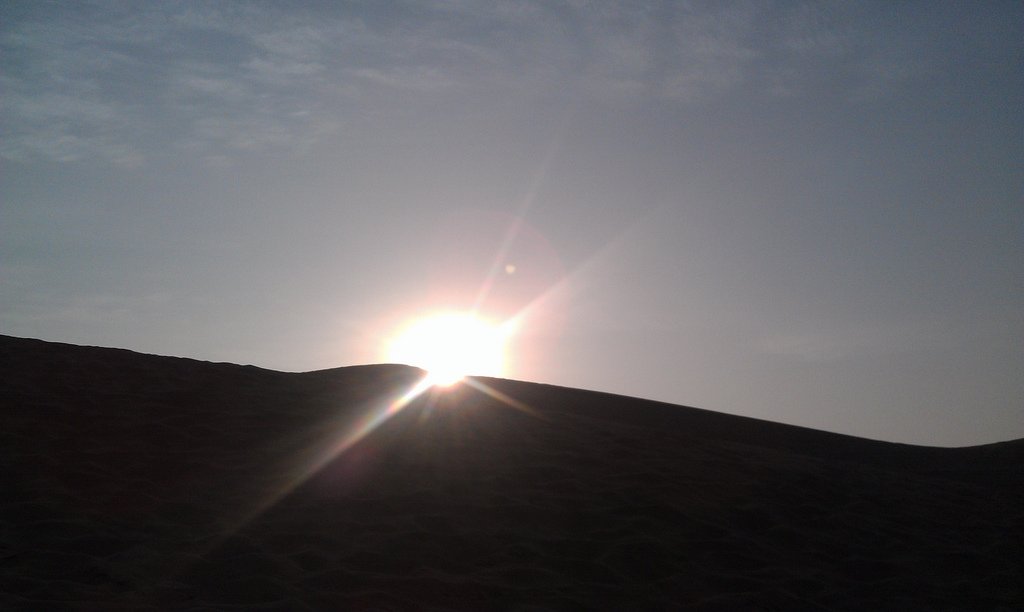
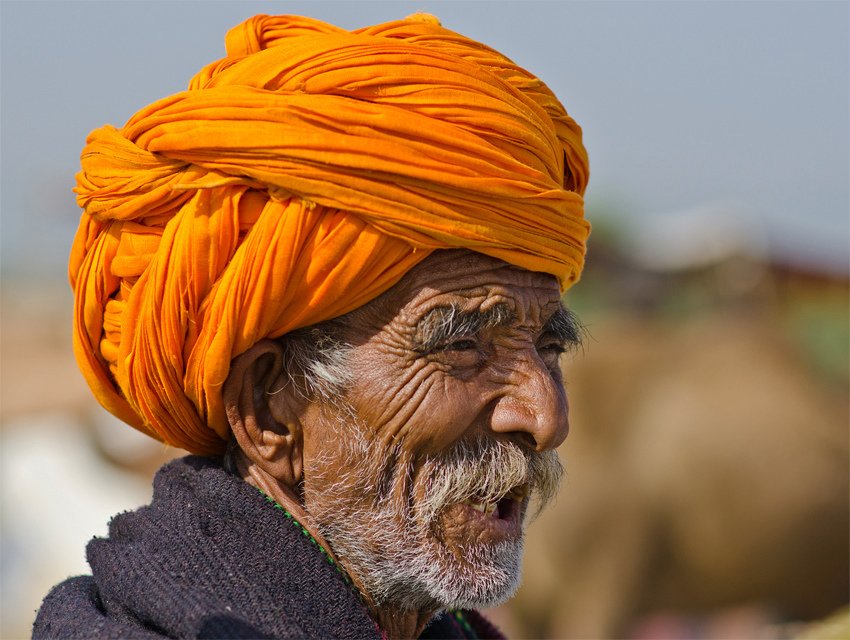
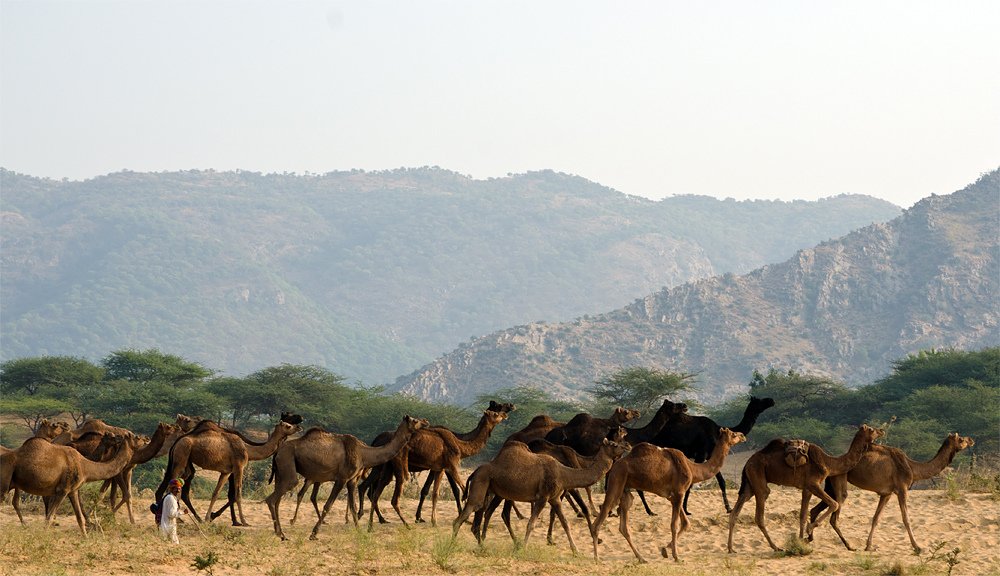

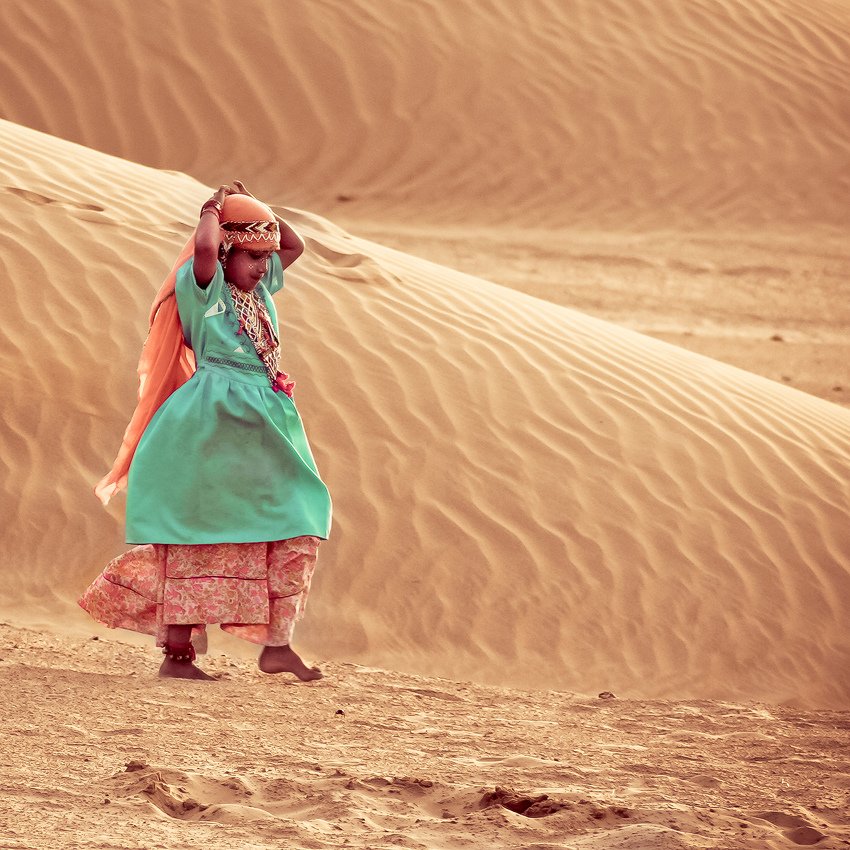
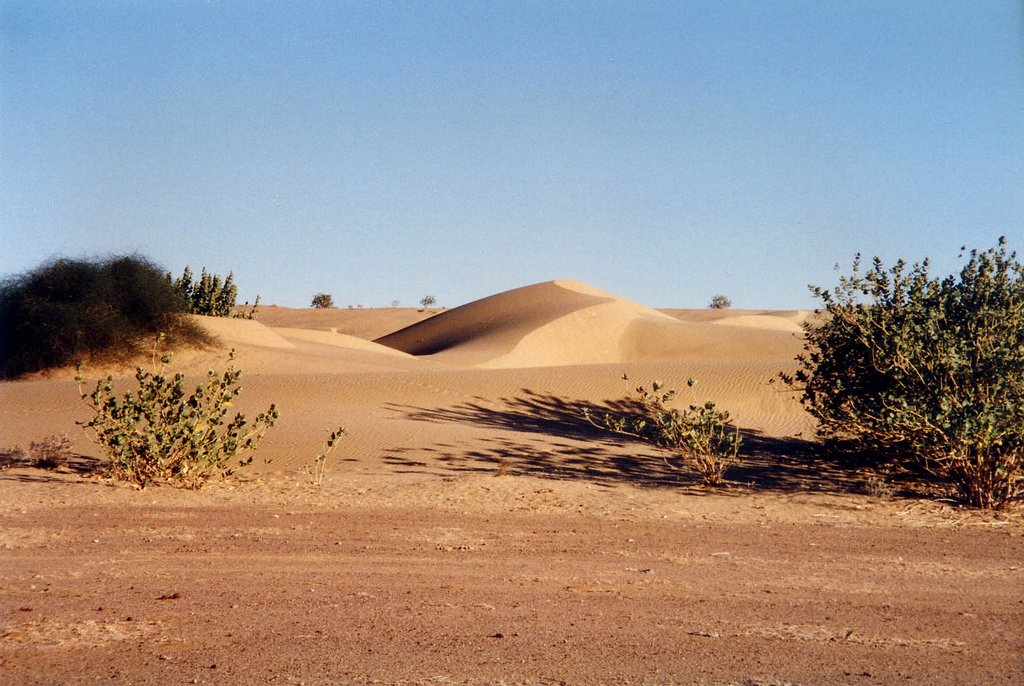
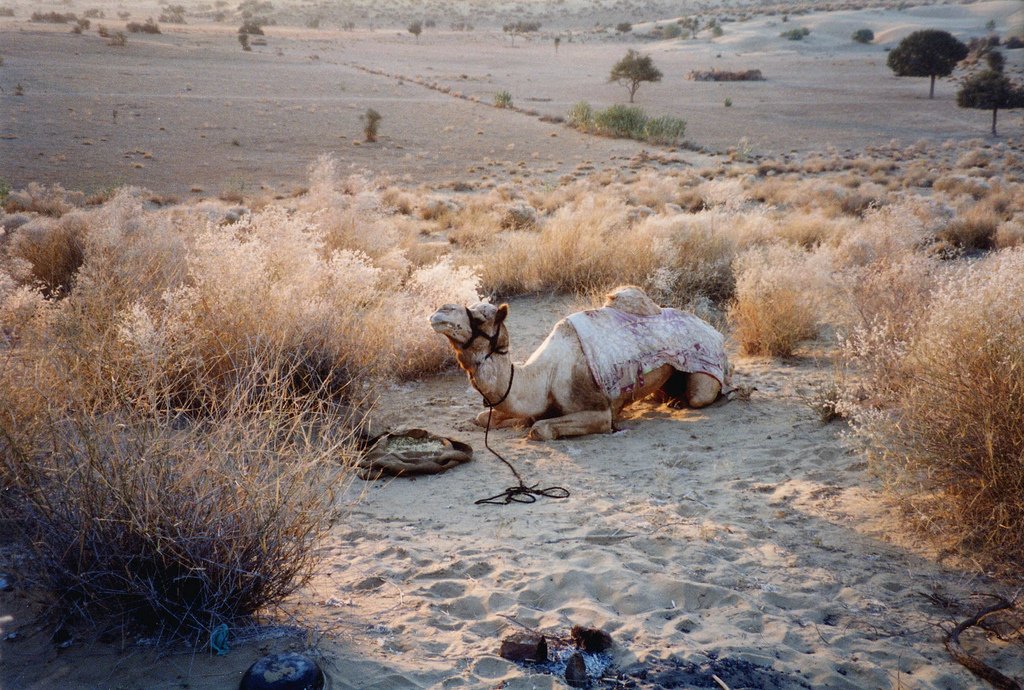
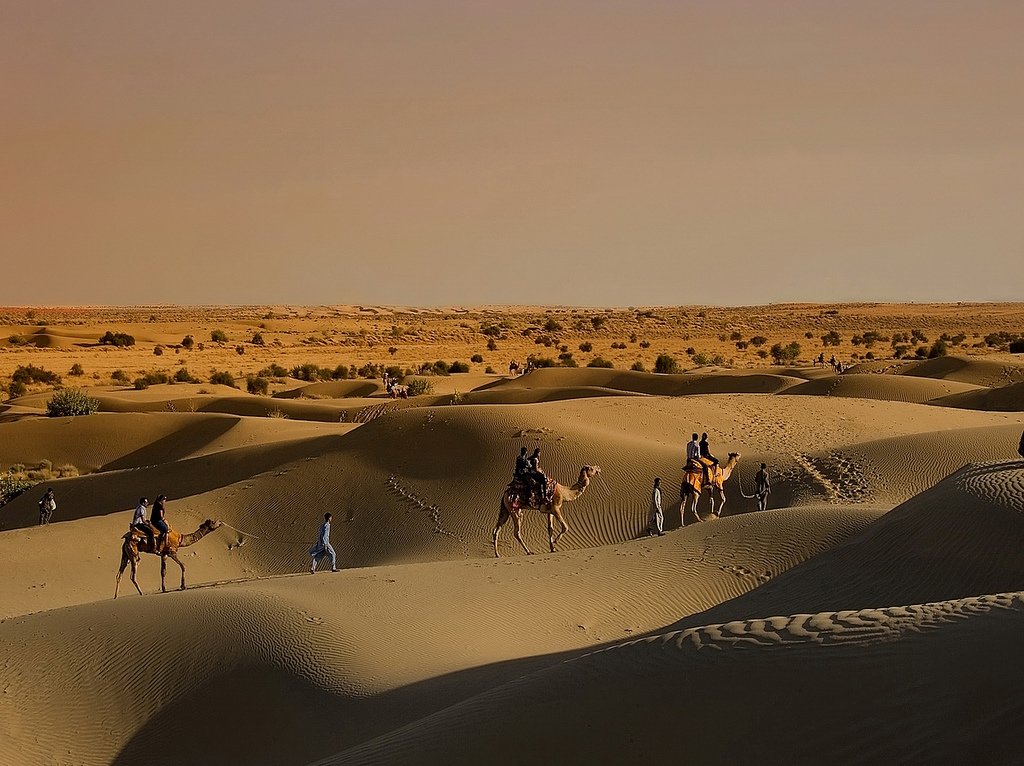
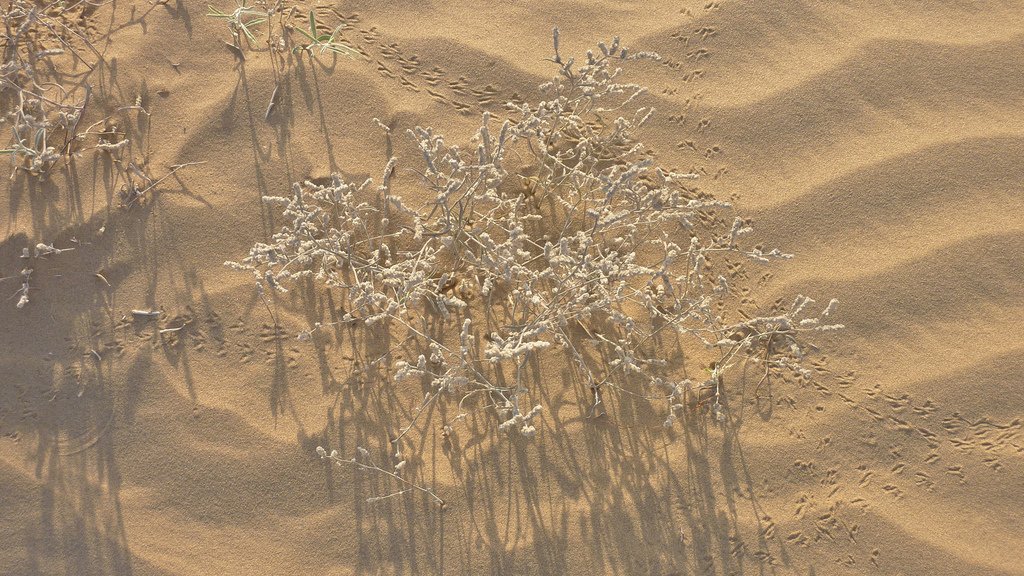
Geology and origin of the desert
The Thar Desert has a complex geological structure: its western part is located in the zone of a foothill trough filled with ancient alluvial deposits of the Indus River, while the eastern part occupies the Indus Platform. The desert is composed of sands of alluvial, marine or aeolian origin; the sands, in turn, are overlain by ancient sandstone, in some places rising to the surface of the desert.
The predominant form of relief on the territory of the desert is overgrown sand ridges, parabolic and rake-shaped dunes. The height of dunes reaches up to 158 m in the southern part. The left bank of the lower reaches of the Indus River is covered with mobile ridge sands, partially fixed by bushes. The name of the desert itself translates from Hindi as “plain”, “sandy wasteland”.
.
The reasons for the appearance of the desert here are not precisely established. The most accepted hypothesis is that the Thar Desert arose as a result of unwise use of these lands for economic needs, including grazing. Indeed, if not for intensive cattle breeding, which has been practiced here for more than 7 thousand years, most of the territory would be covered today with dry steppes, savannahs and even deciduous forests. It is suggested that the sands of Thar can be considered analogs of the sand massifs of the Karakum and Kyzylkum, in ancient times brought by huge rivers, which later changed their courses and disappeared from the face of the earth.
.Be that as it may, the question of the time of the emergence of the Thar Desert is still controversial. Some experts believe that the desert is up to 1 million years old, while others argue that the region was dried up much earlier. There is also a hypothesis according to which the Thar Desert appeared quite recently – from 2 to 5 thousand years B.C. An important role in the formation of the desert played tectonic movements that led to the disappearance of the Sarasvati River, which was described as early as in the “Rigveda”.
.Climate
The climate in the Thar Desert is subtropical: rainfall is almost non-existent, with average maximum summer temperatures rising to +50°C. In the driest areas, rainfall can be absent for two years or longer. This is the realm of sandstorms that dominate the entire Thar Desert.
Flora and fauna
However, despite its harsh climate, Thar is still not an endless sea of sand devoid of life. It is a dynamic eco-system that is one of the most densely populated deserts in the world.
>
There is a wide variety of wildlife and plant species that can adapt to the harsh climatic and ecological conditions of desert living. Among the mammals are the Indian gazelle (Gazella gazella or chinkara), Indian fox, desert foxes, jackals, desert cats, reed cat, and nilgau antelope, which are widely distributed in the desert’s eponymous national park organized in the desert by the Indian government. The large area uninhabited by humans provides favorable conditions for the survival of many species of lizards, snakes, and small mammals like desert rats gerbils.
.Lizards with spiny tails of prehistoric appearance are quite common in many areas of the park.
.Among snakes, vipers, rat snakes, and sand boa constrictors are the most common.
.
Most desert dwellers have devised their own mechanisms for survival in the absence of water. They reduce physical activity during the heat of the day and hide from the hot winds by burrowing into the sands or hiding in the shade of the few local plants. Despite the prohibitive surface temperatures, the ground is insulated from heat and heat, and an animal buried in the sand just a few centimeters below the surface will feel comfortable even on a hot day until the onset of a cool night. Foxes, cats, lizards and snakes living in the national park usually live in burrows and their peak activity is in the early morning hours or when the sun is waning and temperatures are significantly lower.
.
Unlike small game animals, gezels cannot hide from the heat either in a burrow or under the shade of bushes, and they can withstand body temperatures up to seven degrees above normal without any serious damage to vital organs. These animals can go without water for days by feeding on fleshy green plants like Calotropics procera that grow in the desert, obtaining water from its leaves.
.Plants in the desert also use different strategies to survive in the desert environment. To reduce water evaporation, the leaves of these plants shrink in size, as is the case with khejri (Prosopis cinerara). Some species such as kair (Cappairs dedicua) and PHOG (Calligonum polkygonides) do not grow leaves at all in the heat, developing only stems that do the work of photosynthesis. Thanks to these tricks, these perennials can withstand long periods of drought.
.Interesting Facts
- Hindus say, “Death will retreat if one has a goat, a camel, and a hejari.” The hejari, or Prosopis metelkonosus, is a small thorny tree up to 3-4 meters tall. It provides fuel, wood for construction and fodder for livestock. The leaves and bark are good fodder for camels, goats, and other animals, as are the pods called “sangar.”
- In Makran, on the edge of the Thar Desert, snow-white marble is mined, from which the famous Taj Mahal mausoleum and other monuments of architecture are built.
- Two-thirds of the population in the desert use firewood for fuel. The state is trying to replenish wood resources with artificial tree plantations, preferring eucalyptus and other fast-growing trees and shrubs from Israel,
- The city of Jaisalmer has been nicknamed the “Golden City” – so called because of the yellow sandstone used in the construction of the buildings.
- In the past, the Thar Desert was home to tigers, but during the period of colonial dependency, English hunters exterminated almost all of them. As many as 20,000 tigers were exterminated in India between 1860 and 1960.
- Fossilized trees in the Akal village area near Jaisalmer, India are remnants of forests and ferns that grew here in the early Jurassic period about 180 million years ago. Currently, about 25 petrified tree trunks are on display in the Akal Fossil Park, the largest being 7 m long and 1.5 m in girth.
.- The diet of the inhabitants of the Thar Desert is very modest: meat is eaten only goat meat, not more than once a month, and the main dish is millet cakes with vegetable oil.
.- Local legend says that in order to build a fortress Mehrangarh, it was necessary to evict from the plateau his only inhabitant-hermit. So he cursed the raja, “Let your fortress be tormented by thirst!” The raja tried to propitiate the soothsayer and even built him a temple, but still drought struck the area every four years.
- In the Thar Desert there is a tank range of the Indian Army, where in the rugged terrain tests of Russian tanks made for India are conducted.
.- The Salvadora olive tree plant can be found on the hillsides in the Thar Desert. Salvadora wood, if grinded, forms bundles of thin elastic threads that are used to make mizwak toothbrushes, which have been popular among desert dwellers for many hundreds of years.
.- The Umaid Bhawan Palace in Jodhpur was built using 90,000 m2 of marble; it has 347 rooms and is one of the largest private residences in the world.
Attractions
- Natural: Sam and Kuri dunes, Bharatpur and Ranthambore National Parks (all in India), petrified trees (Akal village, India).
- Ethnographic: settlements of Nadari, Raikandari, Marandari, Pitlu and Munpasandari.
- Historical: the fortress of Derawar (Pakistan), the abandoned village of Kuldhara.
- Jodhpur city: Meh-rangarh fort, Umaid Bhawan Palace (1929-1943), Jaswant Thada necropolis.
- Bikaner city: old town, Junagarh fortress palace, princely palace (1902-1926). .
- Jaisalmer Town: Garden with cenotaphs, Jaisalmer Palace and Fortress (12th century).
